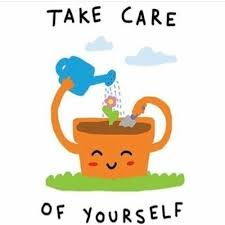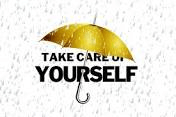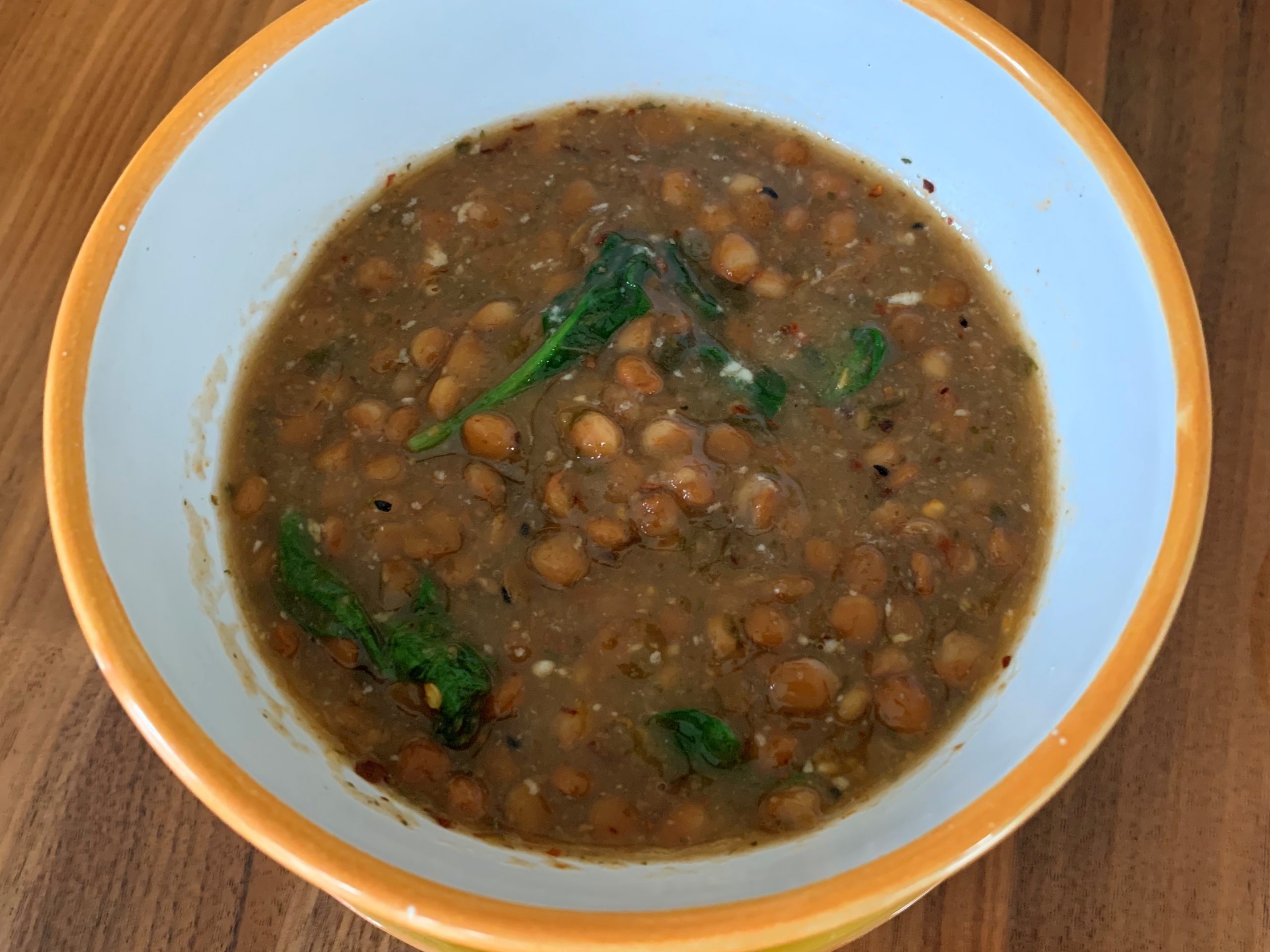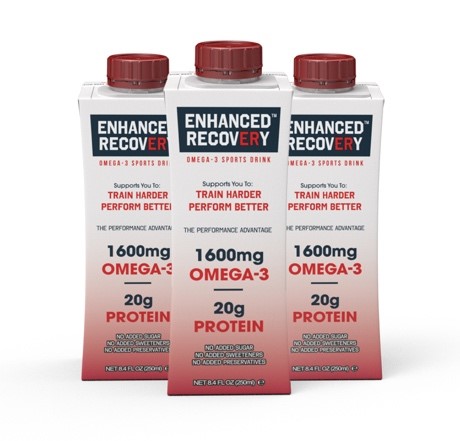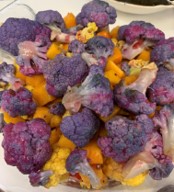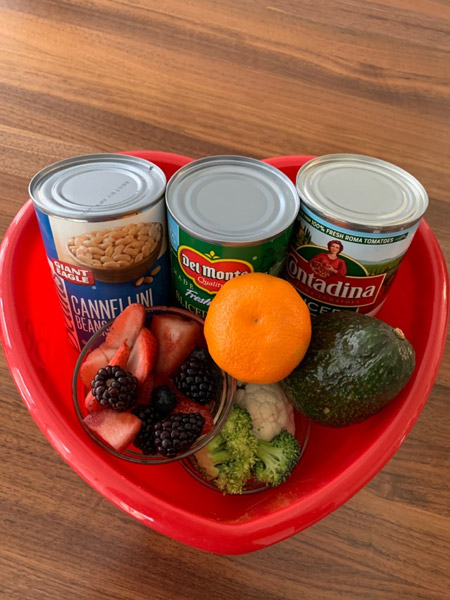For many reasons this Passover is quite unusual. The first one without my dad, the first one without family gathered around the table, the first one on Face time instead of embrace time.
Holidays are always a time of festivity, family and fun so this year, trying to feel engaged as an n- of- one was particularly challenging. Luckily, family and friends from near and far gathered virtually to light candles and say a blessing and the open mic on zoom let everyone in the room have a chance to contribute to the conversation.
Passover was my dad’s favorite holiday. He loved grating the horseradish, joking as his eyes watered. He loved leading the reading from the Haggadah. No matter where I would sit at the table, I always landed on the matzoh square story- Matzoh- so simple, plain and flat- the bread of affliction but also the bread of freedom, humility, and hope. A good message for all of us in these troubling times.
Matzoh has also been the topic of long standing joke in the Joseph-Bonci household- its’ effect on the digestive tract. #thetiesthatbind. So- a square of matzoh may help to spare toilet paper- #sharetospare
The Seder is truly a meal that takes hours- from the initial blessing to the final songs. There are 4 questions but here is number 5- “Why on all nights do we not take the time to sit, reflect, be grateful and enjoy? “Hard boiled eggs, and celery dipped in salt water, Matzoh balls soup, gefulte fish , horseradish so strong it brings the tears to the eyes. The juxtaposition of the sweet/crunch of apples/nuts/cinnamon and sweet wine in the Charoset mixed with the sharp, pungent eye watering pow of the horseradish is a taste sensation not to be missed. The delicious smells of brisket and/or tsimmes stew of brisket and dried fruit.
And of course, there is always room for dessert: Flourless cakes, almond and/or coconut macaroons , fruit compote and more. Ending the meal with a songfest, enhanced by several glasses of wine to make everyone sound fine. But the sweetest sight was to see everyone gathered around the table rather than staring into a computer screen. But for now,
Stay safe
Stay well
Don’t roam
Next year in my home
Dayenu



